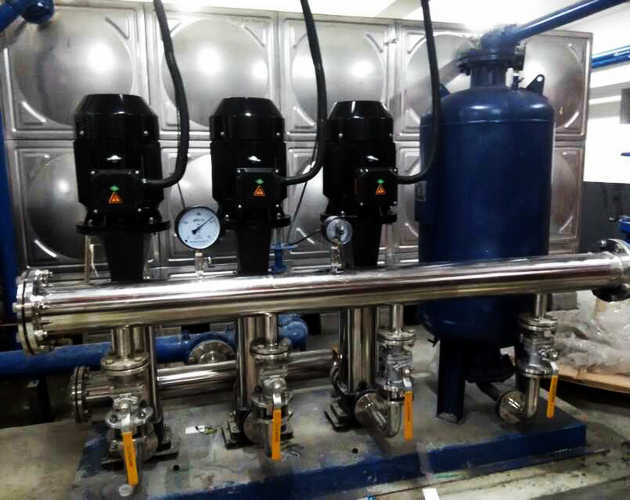The key role of multi-stage water supply pumps in industrial boosting
Multi-stage water supply pumps play a key role in the field of industrial boosting with their unique working principles and significant technical advantages. In the future, with the continuous development of industrial technology, the application scope of multi-stage water supply pumps will be further expanded to provide more efficient and stable water supply boosting solutions for industrial production.
1. Working principle and characteristics of multi-stage water supply pump
The multi-stage water supply pump is composed of multiple impellers connected in series. Each impeller can pressurize the fluid to achieve an overall high pressure output. This design gives multi-stage pumps significant advantages in providing high-pressure water supply. At the same time, the multi-stage pump can achieve higher pressure output at lower speeds and is highly efficient and energy-saving.
2. Application of multi-stage water supply pump in industrial pressurization
In the field of industrial boosting, multi-stage water supply pumps are widely used in various processes, such as high-pressure cleaning, high-pressure water injection, cooling circulation, etc. Through the stable high-pressure water supply provided by multi-stage pumps, these processes can proceed smoothly and improve production efficiency.

Taking an oil refinery as an example, multi-stage water supply pumps play a key role in high-pressure cleaning systems. The oil dirt and impurities generated during the oil refining process need to be cleaned in time to ensure the normal operation of the equipment. The multi-stage water supply pump can provide stable high-pressure water flow, effectively remove oil dirt and impurities, ensure the cleanliness of the oil refining equipment, and improve the oil refining efficiency.
In addition, in the cooling circulation system, the multi-stage water supply pump also plays an important role. By providing stable high-pressure water flow, the multi-stage pump ensures that the cooling water can circulate smoothly, taking away the heat generated by the equipment in a timely manner and ensuring the normal operation of the equipment.




